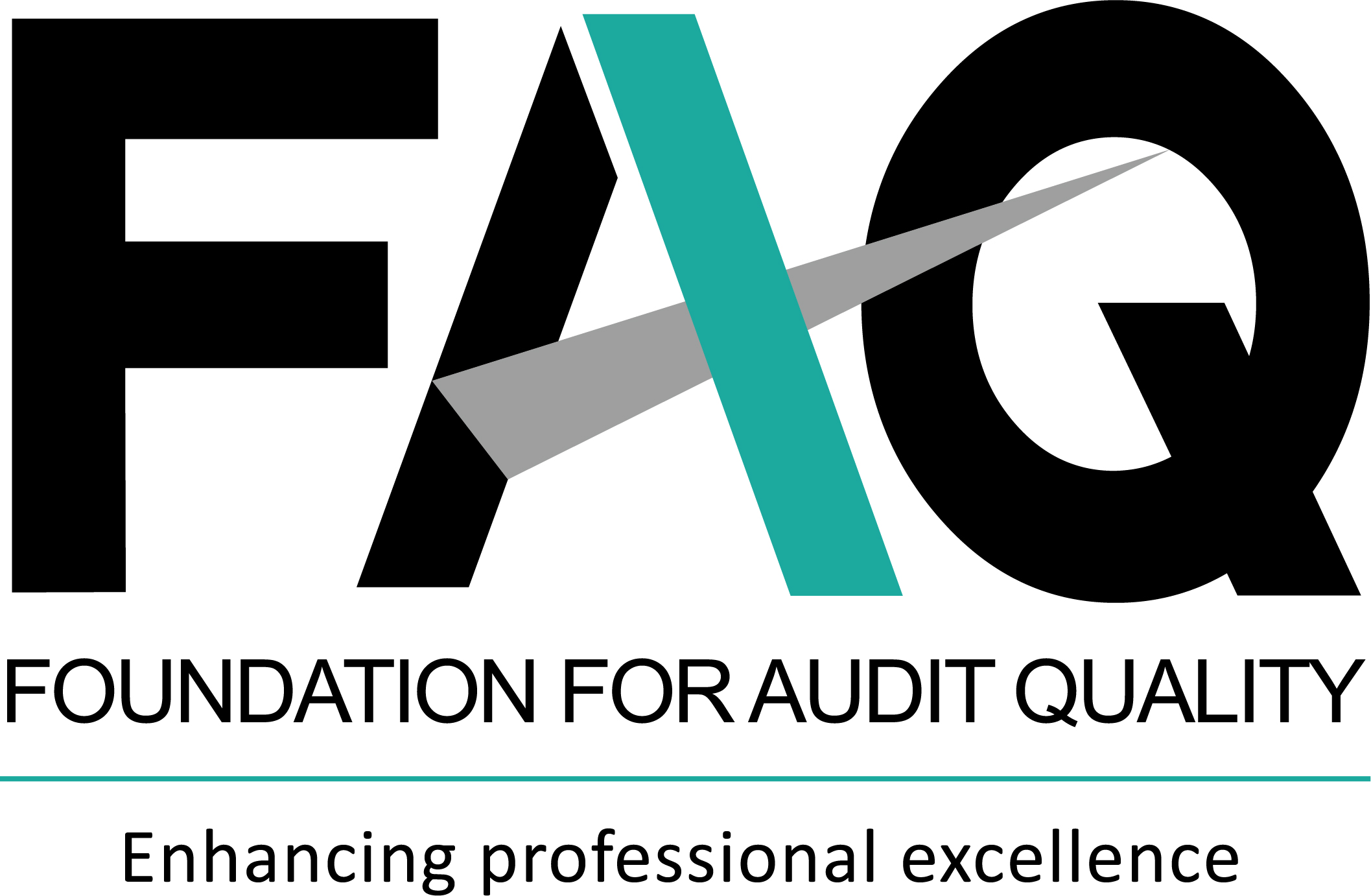Auditing updates
Updates from RBI
On 2 September 2022, RBI had issued the Guidelines on Digital Lending (digital lending guidelines). The guidelines apply to digital lending extended by all commercial banks, primary (urban) co-operative banks, state co-operative banks, district central co-operative banks and NBFCs (including HFCs). With a view to provide further clarification on certain aspects of the digital lending guidelines and to enable a smooth implementation of the same, on 15 February 2023, RBI issued Frequently Asked Questions (FAQs) on the digital lending guidelines. Some of the key clarifications provided by RBI include:
- What is digital lending The digital lending guidelines define digital lending as a remote and automated lending process, largely by use of seamless digital technologies for customer acquisition, credit assessment, loan approval, disbursement, recovery, and associated customer service. The FAQs clarified the following:
- Even if some physical interface with the customer is present, the lending would still fall under the definition of digital lending. However, the Regulated Entities (REs) must ensure that the intent behind the guidelines is adhered to.
- EMI programmes on credit cards would be governed by the Master Direction on Credit Card and Debit Card – Issuance and Conduct, 2022 (Master Directions), and not by the digital lending guidelines. However, other loan products offered on credit cards which are not covered under the Master Directions, and loans offered on debit card, including EMI programmes would be governed by the digital lending guidelines.
- Digital loans offered over any digital platform which meet the definition of digital lending apps or platforms (including mobile apps, websites, etc.) would be subject to the digital lending guidelines.
- Appointment of grievance redressal officers The digital lending guidelines require all Lending Service Providers (LSPs) of the REs to appoint a nodal Grievance Redressal Officer (GRO) to deal with digital lending related complaints/issues raised by the borrowers against their Digital Lending Applications (DLAs). The FAQs clarified that only those LSPs which have an interface with the borrowers would need to appoint a nodal GRO. The FAQs have further reiterated that the REs shall remain responsible for ensuring resolution of complaints arising out of actions of all LSPs engaged by them.
- Disclosure of Annual Percentage Rate (APR) The digital lending guidelines require the REs to disclose the APR17 The APR is an effective annualised rate which is charged to a borrower of a digital loan. It represents the all-inclusive cost-including cost of funds, credit cost, operating cost processing fee, verification charges, maintenance charges, etc. to all its borrowers as part of the Key Fact Statement (KFS). The FAQ has provided various clarifications on certain aspects of APR:
- For a floating rate loan, the APR may be disclosed at the time of origination based on the prevailing rate as per the format of KFS. However, as and when the floating rate changes, only the revised APR may be disclosed to the customer via SMS/ e-mail each time the revised APR becomes applicable.
- Insurance charges only for such insurance which is linked/integrated in loan products would be considered for calculating the APR as these charges are intrinsic to the nature of such digital loans.
- Penal charges such as cheque bounce/mandate failure charges, which are necessarily levied on a per instance basis may not be annualised. However, these charges must be disclosed separately in the KFS under ‘Details about Contingent Charges’. In this regard, the FAQs have clarified the following:
- No pass-through accounts The digital lending guidelines required REs to ensure that all disbursements are made to a bank account of the borrower without any pass-through account/pool account of any third party (including LSPs/DLAs). Similarly, all repayments, etc. should be executed by a borrower directly in an RE’s bank account. In this regard, the FAQs have clarified the following:
- The flow of funds between the bank accounts of a borrower and lender in a lending transaction cannot be controlled directly or indirectly by a third-party including LSP. While a Payment Aggregator (PA) providing such services would remain out of the ambit of digital lending guidelines, any PA also performing the role of an LSP must comply with the digital lending guidelines.
- In case of delinquent loans, REs can deploy physical interface to recover loans in cash, where absolutely necessary. In order to afford operational flexibility to REs, such transactions are exempted from the requirement of direct repayment of loan in the RE’s bank account. However, any recovery by cash should be duly reflected in the borrower’s account and REs shall ensure that any fees, charges, etc., payable to LSPs are paid directly by them (REs) and are not charged by LSP to the borrower directly or indirectly from the recovery proceeds.
- Loan products where loan is repaid by the corporate employer by deducting the amount from the borrower’s salary would be allowed. REs should ensure that LSPs do not have any control over the flow of funds directly or indirectly in such transactions. It has also to be ensured that repayment is directly from the bank account of the employer to the RE.
- Penal interest or charges The digital lending guidelines require the penal interest/charges levied on the borrower to be based on the outstanding amount of the loan. The FAQ has clarified that the amount under default shall act as the ceiling on which the penal charges can be levied.
- Cooling-off or look-up period The cooling-off or look-up period is a period during which borrowers are given an option to exit digital loans by paying the principal and proportionate Annual Percentage Rate (APR), without any penalty. The FAQ has clarified that reasonable one-time processing fees paid by the borrower can be retained by the borrower if the customer exits the loan during the cooling-off period. This, should be disclosed to the customer upfront in KFS. However, the processing fee has to be mandatorily included for the computation of APR.
To access the text of the FAQs, please click here
To access the text of the digital lending guidelines, please click here
Action Points for Auditors
The FAQs provide various clarifications to the digital lending guidelines and will enable in a smooth implementation of these guidelines. Auditors may consider discussing these clarifications with the NBFCs, REs and other LSPs for adoption of these clarifications in a timely manner.
Our Insights
Tools and Enablers
- Standard workpapers
- Technology tools
Resources
- Regulatory updates
-
India updates
Accounting updates
Auditing updates
Regulatory updates
-
International updates
Accounting updates
Auditing updates
Regulatory updates
-
Recap on key updates
-
Publications
India Publications
International Publications
-
Matter for auditors’ attention
-
Discussion/Consultation papers and Publications issued by regulators
India Publication
International Publication
Exposure Drafts/consultation papers
EDs/consultation papers
Matters for Consultation

